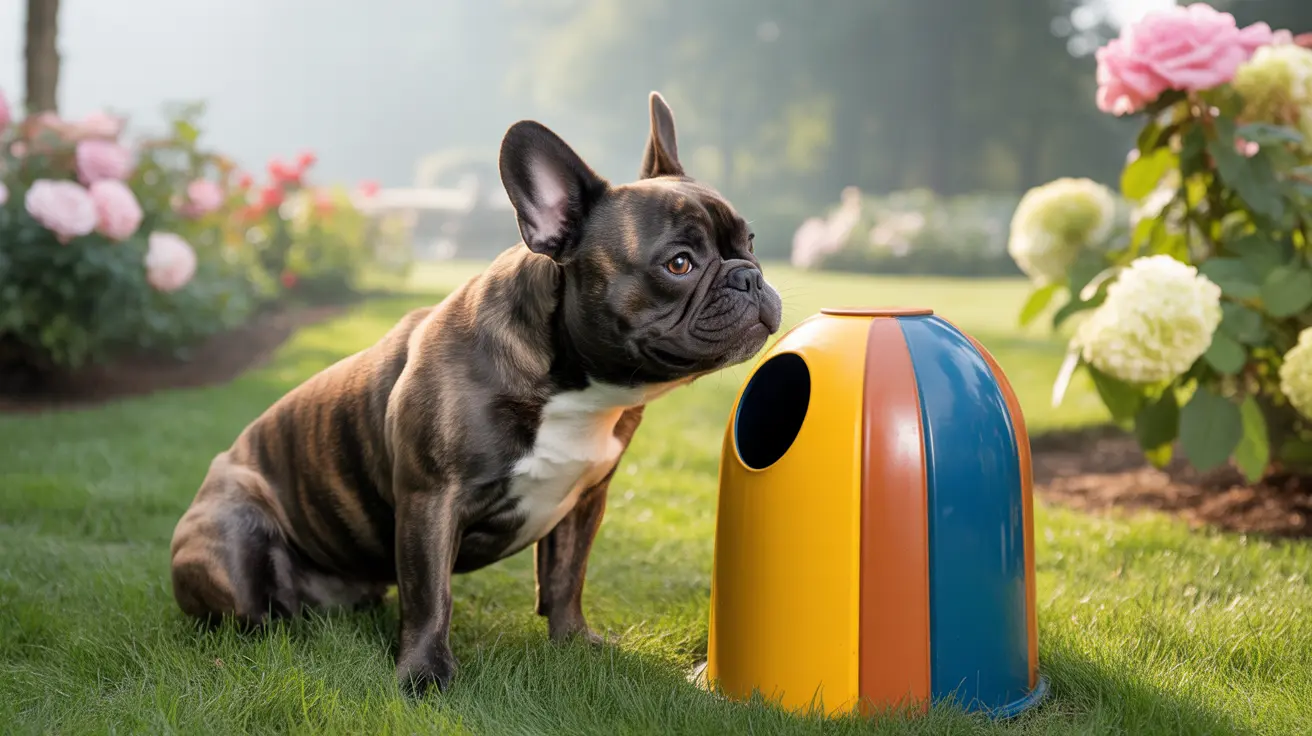Managing dog waste effectively is a crucial aspect of responsible pet ownership that many owners struggle with. A dedicated dog poop trash can offers a hygienic, odor-controlled solution for disposing of pet waste while keeping your yard and neighborhood clean. This comprehensive guide will help you understand the features, benefits, and options available for proper pet waste disposal.
With Americans generating approximately 4 million tons of unmanaged dog waste annually, having an effective disposal system isn't just about convenience—it's about protecting public health and the environment. Let's explore everything you need to know about choosing and using the right dog poop trash can for your needs.
Understanding Dog Poop Trash Can Types
Dog waste containers come in various forms, each designed for specific needs and settings:
Indoor Solutions
Compact, sealed systems like the Pet Genie feature specialized odor-control mechanisms and convenient access. These units typically handle 15-20 deposits before requiring emptying and work well in mudrooms or garages.
Outdoor Models
Weather-resistant containers made from UV-protected materials offer durability for yard placement. Many feature larger capacities (10-22 gallons) and enhanced odor control systems for outdoor use.
Essential Features for Effective Waste Management
Odor Control Technology
Premium dog poop trash cans incorporate multiple odor-fighting features:
- Activated carbon filters
- Dual-layer barrier systems
- Sealed lid mechanisms
- Ventilation systems with antimicrobial filters
Construction and Durability
Quality waste containers should offer:
- Weather-resistant materials
- UV protection for outdoor placement
- Sturdy construction to prevent tipping
- Pest-proof design elements
Choosing the Right Size and Style
Consider these factors when selecting your dog poop trash can:
- Number and size of dogs
- Available space for placement
- Frequency of emptying
- Indoor vs. outdoor location
- Local climate conditions
Environmental Impact and Sustainability
Modern dog waste systems increasingly focus on environmental responsibility through:
- Reusable inner containers
- Compatibility with biodegradable bags
- Reduced plastic waste options
- Proper sealing to prevent groundwater contamination
Maintenance and Best Practices
To maximize the effectiveness of your dog poop trash can:
- Empty regularly based on usage
- Clean thoroughly monthly
- Replace filters as recommended
- Position in shaded, ventilated areas
- Check seals and mechanisms periodically
Frequently Asked Questions
What features should I look for when choosing a dog poop trash can for odor control?
Look for models with activated carbon filters, sealed lid mechanisms, and dual-layer barriers. Additional features like antimicrobial treatments and ventilation systems can further enhance odor control effectiveness.
How do outdoor dog poop trash cans prevent pests and manage weather exposure?
Quality outdoor models use UV-resistant materials, have secure locking mechanisms, and feature pest-proof designs. Many include weighted bases or mounting options to prevent tipping in severe weather.
Are there eco-friendly dog poop disposal options that reduce plastic waste?
Yes, several systems offer reusable inner containers and compatibility with biodegradable bags. Some models allow direct waste disposal without requiring individual bags for each deposit.
What size dog poop trash can do I need for one or multiple dogs at home?
For a single small dog, a 5-gallon capacity usually suffices. Multiple or large dogs may require 10-22 gallon containers. Consider emptying frequency when selecting size—larger containers need less frequent emptying but require more space.
Should dog waste always go in the regular trash bin instead of compost or green bins?
Dog waste should not go in regular compost or green bins due to potential pathogens. Always use dedicated dog waste containers or dispose of it in regular trash following local regulations.
Conclusion
A proper dog poop trash can is an essential investment for any dog owner, offering convenience, hygiene, and environmental responsibility. By choosing the right model with appropriate features for your specific needs, you can maintain a clean, odor-free environment while making waste management easier and more efficient.






